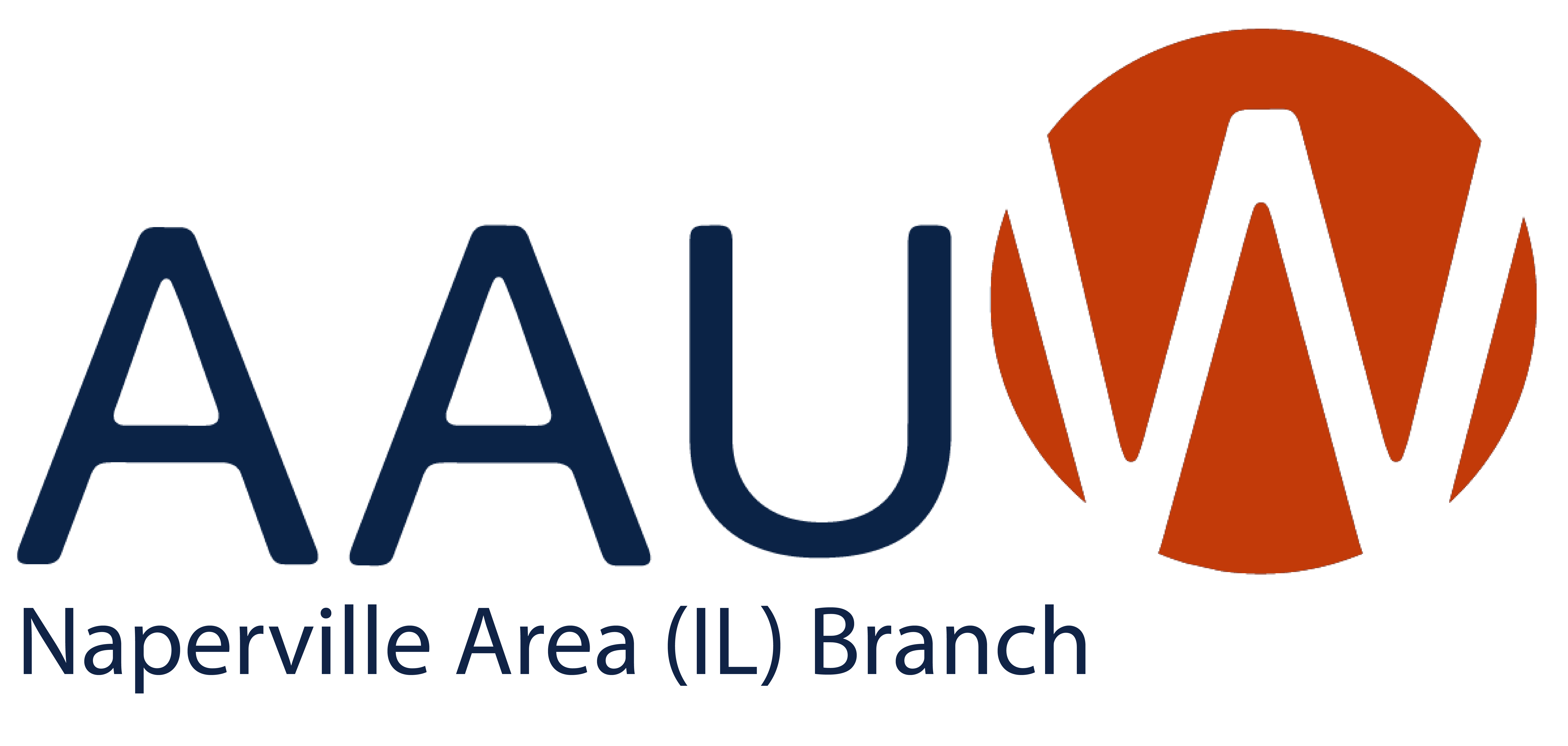Understanding Unconscious Bias and Starting the Journey to Change Your Mindset
In September 2021 AAUW provided an interesting and enlightening webinar to begin the conversation regarding unconscious bias. This issue falls under the wider umbrella of DEI (Diversity, Equity and Inclusion), and is one of the goals of our national, state and local organizations. The following overview is from aauw.org and is a great place to start the learning process around unconscious bias.
We all know what overt biases are, but did you know that we all have unconscious biases, too? These are biases that might be inconsistent with our values, that we would never knowingly act on, and that we weren’t even aware we had. Having them doesn’t make us racist or sexist or homophobic, for example. Still, becoming aware of them is the first step to ridding ourselves of them. So, let’s understand more about unconscious bias.
The easiest way to understand unconscious bias is to figure out why it happens. At any given moment, we are bombarded with lots of different information, but our brains can only process a fraction of that information at once. So, to help us try and make sense of the world around us, our brain uses shortcuts. Those shortcuts are shaped and informed by our experiences. But, because sometimes the things we need to make sense of are unfamiliar, bias can enter the picture.
Let’s look at an example. Below is an image, what do you see? Triangles, circles? How many?
This is the Kanizsa Triangle. Most people see a solid white triangle pointing upwards, an inverted triangle pointing downwards, and a set of black discs. But the fact is, none of these shapes are actually present in the figure. (In fact, this image is of “pac-men” and V’s, not triangles and circles). This is an example of our unconscious mind using familiar information to try and make sense of what it sees, because in the absence of complete information, our mind needs to rely on something to help us figure it out. That is unconscious bias! Perhaps now you can see why we said earlier that because you have it doesn’t inherently make you bad, and once you realize it exists you are empowered to do something about it.
So, what can you do?
1. Self-awareness is the first step.
2. Create safe spaces to have open discussions about the biases you have.
3. Increase your contact with people who are dissimilar.
4. Set realistic expectations.
We’re not going to be able to change our unconscious mind overnight, but with some hard work and dedication, we will be able to make progress. Only when we confront our biases are we able to truly recognize the value diversity brings to an organization like AAUW. It’s important for our continued growth and sustainability as an organization to make a concerted effort to be inclusive and create spaces where everyone feels welcome.
For more information, visit aauw.org for additional videos, books and other resources to start your journey.

